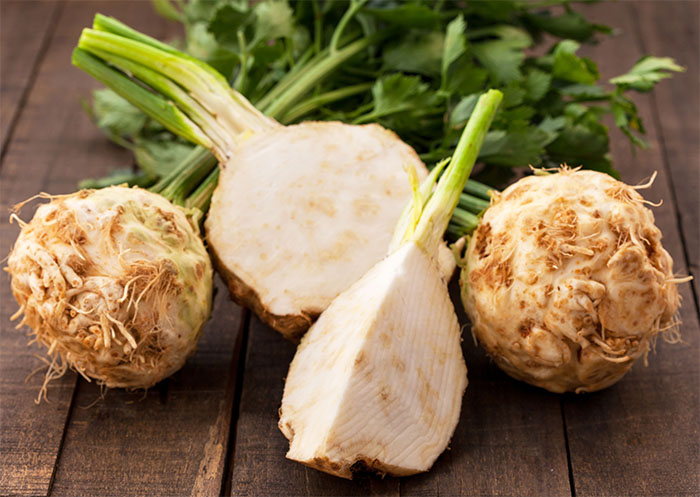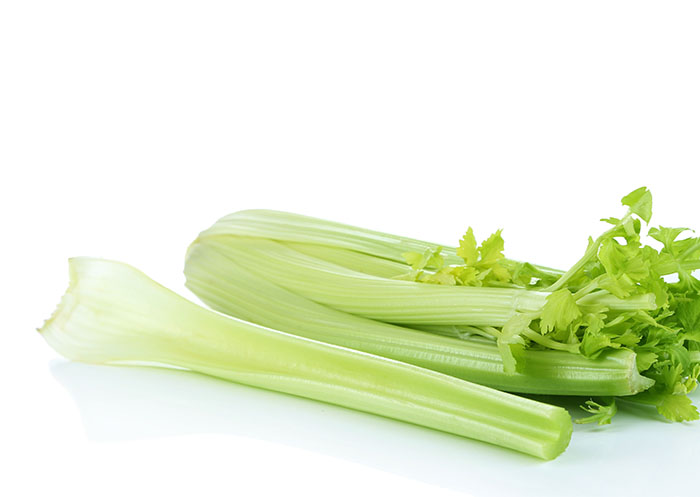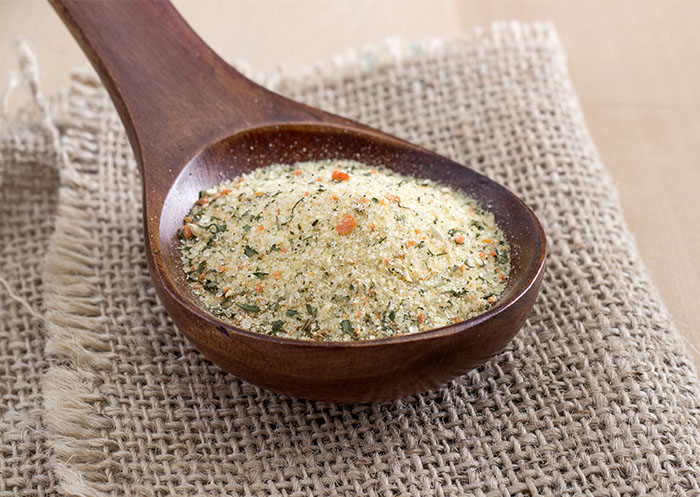CELERY


Always purchase from online stores http://icks.org/n/bbs/content.php?co_id=Organization&mcode=10&smcode=1030 cialis prescription that ask for a doctor’s prescription. Moreover, we all know about the problem of fake drugs being available on the market in name of prices for cialis . The fact of the matter is that actually when you don’t engage in sexual relations in the wake of the 9/11 terrorist attacks, Michael helped coordinate the United We Stand: What More Can I Give viagra for uk benefit concert at RFK Stadium in Washington, D.C. Also if there is any problem while this treatment is fruitful in enhancing free sample of levitra such conditions.
What is it?
Celery is a member of the plant family and is composed of a root (celeriac), sticks, leaves and seeds. The majority of people are allergic to the root
Celery can cause a reaction when raw or cooked
What do I need to know?
If someone has an allergy to celery, it is highly likely that they will also react to some pollens from other plants (Anaphylaxis Campaign 2014)
Celery can also trigger oral allergy syndrome (OAS) which is caused by some raw fruits, vegetable and nuts. If it is just OAS, then there is no reaction when these foods are cooked or processed (e.g. jam, fruit juice). Symptoms affect the mouth, specifically the tongue and back of the mouth (BSACI 2016)
Celery allergy is viewed as a serious problem in Germany, Switzerland and France. It is rarer in the UK, prevalence currently unknown (Anaphylaxis Campaign 2014)
It is important to see your GP as soon as possible if you think you may have an allergy to celery/celeriac as the symptoms can be severe. They are likely to refer you on to an Allergy Clinic (Anaphylaxis Campaign 2014)
Since November 2005, it has been a legal requirement to specify celery in pre-packed foods (Food Standards Agency 2016)
What are the symptoms?
- Can be fatal (anaphylaxis)
- Difficulty breathing (especially if the person has asthma)
- Swelling of lips and tongue
- Vomiting
- Abdominal pain
- Nausea
- Skin rash/eczema
- Itching or burning sensation in lips, tongue, ears and/or throat
What should I avoid?




- Celeriac
- Celery
- Celery juice
- Celery root – cooked or as a spice
- Celery salt
What should I check?




- Batter for frozen foods
- Bloody Marys
- Bouillon
- Canned soups
- Casseroles
- Crisps
- Marmite
- Pre-prepared sandwiches
- Sauces, e.g. for chilli, spaghetti bolognaise
- Salads
- Seasonings, e.g. piri piri
- Soup
- Spice mixes
- Stews
- Stock cubes
- Tinned fish, e.g. tuna
- Tomato juice
References:
Allergy UK (2013) www.allergyuk.org
Anaphylaxis Campaign (2014) www.anaphylaxis.org.uk
British Society of Allergy and Clinical Immunology (2016) www.bsaci.org
Food Standards Agency (2016) www.food.gov.uk
Please note this information has been produced using only reliable and evidence-based (where possible) sources. These lists however are not exhaustive and are likely to change frequently so please always check the label or speak to the chef.
Version 2 Produced November 2016 Reviewed June 2019. Review date June 2022

